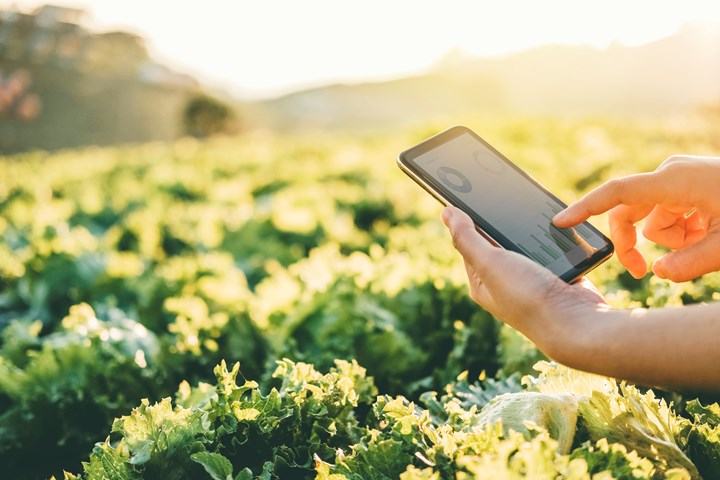First Biobased PEI Launched
SABIC’s new biobased Ultem PEI portfolio said to be the industry’s first certified renewable high-performance, amorphous polymers.
A new portfolio of biobased PEI is now globally available from SABIC. The biobased Ultem PEI resins are said to be the industry’s first certified renewable high-performance, amorphous polymers. Using a mass balance approach , for every 100 kg of Ultem resin produced, SABIC replaces 25.5 kg of fossil-based feedstocks with biobased materials derived from waste or residue, such as crude tall oil from the wood industry.

This advanced offering reportedly is a drop-in material option for current Ultem PEI and can support customers’ sustainability goals for challenging applications in consumer electronics, aerospace, automotive, and other industries where high temperature, dimensional stability or demanding mechanical performance is required. Said Scott Fisher, director of business management for Ultem resins and additives, “Our new biobased Ultem resin platform offers customers a seamless way to integrate sustainability into their highly demanding applications Because these products perform in the same way and maintain the same regulatory listings – such as UL94 and FDA food contact – as traditional Ultem resins, adjustments to product designs and manufacturing processes are not required.”
SABIC’s biobased Ultem resins can potentially reduce carbon footprint by up to 10% compared to fossil-based incumbent grades, giving the material the International Sustainability and Carbon Certification Plus (ISCC+) designation. This conclusion was based on an internal evaluation that followed the general principles of life cycle analysis according to ISO 14040/14044 protocols. SABIC used its own primary data, combined with the latest manufacturing data and industry average estimates, in the cradle-to-gate comparison of these resins. Furthermore, biobased ULTEM resins comply with the requirements of the Registration, Evaluation, Authorization and Restriction of Chemicals (REACH) regulation and the Restriction of Hazardous Substances (RoHS) directive.
Related Content
-
Cling Wrap Made from Potato Waste
Australia’s Great Wrap to expand into U.S. with home compostable cling wrap and its refillable dispenser made from recycled PET bottles.
-
Why Are They Blending Biopolymers?
A sit-down with bioplastic producer Danimer Scientific showed me there are more possible answers to that question than I had previously thought.
-
Melt Flow Rate Testing–Part 1
Though often criticized, MFR is a very good gauge of the relative average molecular weight of the polymer. Since molecular weight (MW) is the driving force behind performance in polymers, it turns out to be a very useful number.
 (2).jpg;maxWidth=970;quality=90)






 (2).jpg;maxWidth=300;quality=90)



